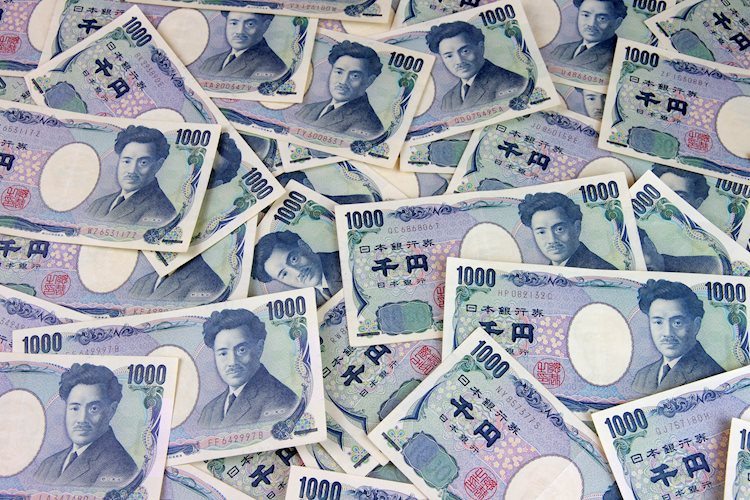The USD/JPY pair has rebounded to near 140.80 in Tuesday’s early Asian session, breaking a five-day losing streak. However, the possibility of further upside may be limited as expectations grow for the US Federal Reserve to begin an easing cycle at its upcoming meeting. Fed Chair Jerome Powell has hinted at a potential rate cut, citing stable inflation and concerns about the job market. The market is now pricing in a 67% chance of a 50 basis points cut at the September meeting. On the other hand, the Bank of Japan is not expected to change interest rates at its upcoming meeting, but many economists anticipate a hike by the end of the year. The Yen’s value is influenced by various factors, including the performance of the Japanese economy, BoJ policy, and the differential between Japanese and US bond yields.
The Japanese Yen is a widely traded currency, with its value influenced by factors such as BoJ policy decisions, bond yield differentials, and traders’ risk sentiment. The Bank of Japan plays a key role in determining the Yen’s value, occasionally intervening in currency markets to lower its value. The BoJ’s ultra-loose monetary policy, aimed at stimulating the economy, has caused the Yen to depreciate against major currency peers. Policy divergence between the BoJ and other central banks has widened, particularly with the US Federal Reserve, leading to a growing differential between US and Japanese bond yields that favors the US Dollar against the Yen. Additionally, the Japanese Yen is often viewed as a safe-haven investment, with investors seeking its reliability and stability during periods of market stress.
As expectations mount for a rate cut by the US Federal Reserve, the USD/JPY pair is facing potential upside limitations in the near future. Fed Chair Jerome Powell’s remarks at the Jackson Hole symposium have signaled a willingness to act to support the job market. Market participants are now anticipating a 50 basis points cut at the September meeting, with a 67% probability priced in. Meanwhile, the Bank of Japan is not expected to change interest rates at its upcoming meeting, but future hikes are anticipated by economists. The Yen’s value is closely linked to the rate gap with the US, with the Fed’s easing stance likely to impact the currency’s performance in the coming days.
In recent times, the Japanese Yen has depreciated against major currency peers due to the BoJ’s ultra-loose monetary policy and policy divergence with other central banks. The widening interest rate differential between Japanese and US bonds has favored the US Dollar against the Yen. The BoJ’s interventions in currency markets have been sporadic, aimed at manipulating the Yen’s value, but political concerns have limited such actions. The Yen’s status as a safe-haven investment has also contributed to its value, with investors seeking its stability during turbulent market conditions. With the upcoming monetary policy meetings of the US Federal Reserve and the Bank of Japan, the USD/JPY pair is poised to experience heightened volatility as market participants react to potential policy changes.
In conclusion, the USD/JPY pair has rebounded in early Asian trading, breaking a recent losing streak. The upcoming monetary policy meetings of the US Federal Reserve and the Bank of Japan are expected to influence the pair’s performance in the coming days. Given the Fed’s signaling of a potential rate cut and market expectations of a 50 basis points reduction, the USD may face further pressure against the Yen. However, the BoJ’s stance on interest rates and policy divergence with other central banks could impact the Yen’s value as well. Overall, the USD/JPY pair is likely to see increased volatility as market participants react to economic data and policy decisions from both central banks.









